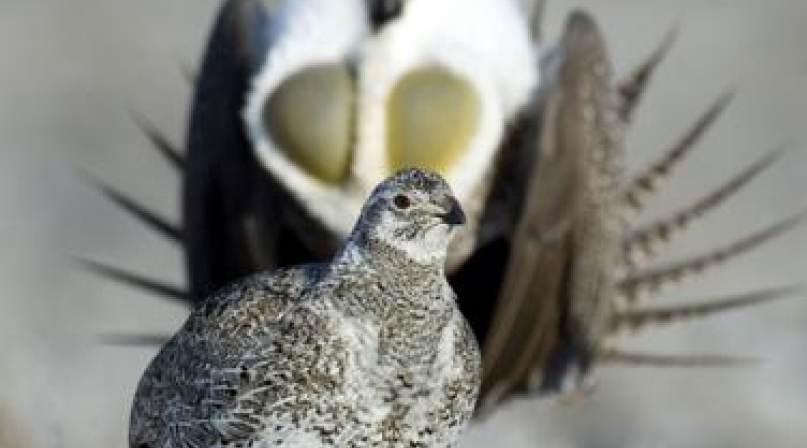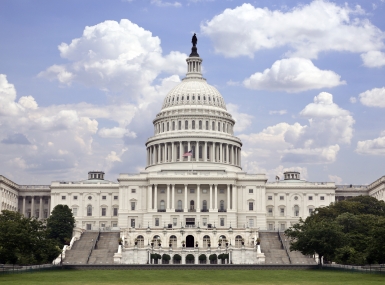Sage Grouse remains off Endangered Species Act list
Upcoming Events
Related News


The potential listing of the sage grouse, a ground-dwelling bird whose habitat spans 11 western states, had sparked major controversy over the years because a listing would result in restricted land-use and energy development in the bird’s habitat.
Earlier this year, DOI released its 10-state conservation plan that was designed to protect sage grouse habitat and economic development across the western United States. The plan was designed to conserve critical habitat by limiting energy development in core habitat areas and by working with the U.S. Bureau of Land Management (BLM) and the energy industry on mitigation efforts to improve existing habitat and reduce the risk of wildfire.
The conservation plan was criticized by some lawmakers and stakeholders who believed it would unnecessarily restrict land use and place an undue burden on western energy development. Western officials criticized DOI for not adhering closely enough to state conservation plans and argued that existing state plans have proven to be successful without further federal intervention.
In a Sept. 22 announcement, Jewell stated that collaborative efforts by the BLM, U.S. Forest Service, state agencies and private partners, had significantly reduced the threats to the greater sage grouse across 90 percent of the species’ breeding habitat.
Subsequently, after evaluating the bird’s population status, along with an analysis of current scientific information and ongoing efforts through federal and state conservation plans, the U.S. Fish and Wildlife Service (FWS) concluded that the sage grouse no longer needed protection under the ESA.
While the sage grouse decision represents a positive outcome for conservation efforts on both federal and state levels, DOI has been criticized for failing to collaborate with and recognize individual state needs concerning protection of sage grouse populations and habitat.
In reacting to Jewell’s statement, Sens. Jim Risch (R-Idaho) and Mike Crapo (R-Idaho) criticized DOI for its lack of attention to local recommendations, stating, “The two main threats to the greater sage grouse in Idaho are fire and invasive species. The secretary adopts a plan that relies heavily on regulation of the mining, oil, and gas industries when it should focus more heavily on fire control.”
NACo has consistently opposed the listing of the greater sage grouse under the ESA and supports the decision that the greater sage grouse does not warrant Endangered Species Act protections.
Attachments
Related News

U.S. Congress passes reconciliation bill: What it means for counties
On July 3, the U.S. Congress passed sweeping budget reconciliation legislation.

White House signs executive orders to advance nuclear power
On May 23, President Trump signed four executive orders focused on expanding the nuclear energy industry. The executive orders aim to position nuclear power as a key contributor to energy reliability, economic growth and national security — especially as artificial intelligence, advanced manufacturing and military operations increase demand for stable, high-density power sources.

U.S. Supreme Court issues unanimous decision in landmark National Environmental Policy Act case
On May 29, the U.S. Supreme Court issued a unanimous decision in Seven County Infrastructure Coalition v. Eagle County, Colorado that will reshape requirements for National Environmental Policy Act (NEPA) environment impact statements.